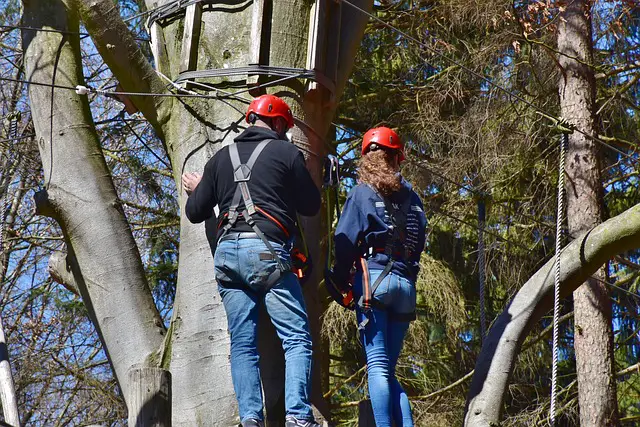For many outdoor enthusiasts, tree climbing presents an exciting and challenging adventure that creates unique connections to nature. Besides physical strength and a passion for scaling heights, understanding the art of knot tying is essential. Tree climbing knots ensure climbers’ safety, facilitate easy tree ascension, and provide a necessary grip on the tree branches. This article unveils the importance of knowing different tree climbing knots and how to tie them effectively.
Why are Tree Climbing Knots Essential?
Tree climbing knots give climbers an upper hand in the wilderness by facilitating smooth ascension on the trees and ensure their utmost safety. When tied correctly, these knots do not slip under pressure and can support a climber’s weight.
What are the Essential Tree Climbing Knots?
While there are numerous knots in the climbing world, specific ones are more suited for tree climbing. Their stability, reliability, and easiness to tie and untie make them ideal for this activity.
1. The Bowline Knot
The bowline knot is among the safest and most reliable knots for tree climbing. It is known for its strong and secure grip that does not slip under load, making it perfect for securing the rope to the tree or creating a loop at the end of a rope.
2. The Figure Eight Knot
This knot is named after its unique shape that bears a resemblance to the number eight. It is easy to tie and untie, making it popular among tree climbers. The figure eight knot is used to create a strong, non-slip loop at the end of the rope.
3. The Double Fisherman’s Knot
The double fisherman’s knot is a sturdy knot used for tying two ropes together. It is an excellent choice when you need to extend the length of your climbing rope or create loops.
4. The Clove Hitch Knot
The clove hitch knot is an adjustable knot that is easy to tie and untie. It is great for making quick adjustments while you’re climbing, and it’s also useful for securing gear.
5. The Blake’s Hitch Knot
The Blake’s hitch is a sliding or gripping knot commonly used by tree climbers. It allows the climber to ascend, descend or stop at any point on the climbing rope.
6. The Prusik Knot
Named after its Austrian inventor, Dr. Karl Prusik, the Prusik knot is a sliding knot that is often used in rescue situations. It can be tied along the length of a climbing rope to create a secure loop.
How to Strengthen your Knot-Tying Skills?
Practice makes perfect in the world of knot tying. Start by honing your knot-tying abilities on the ground before attempting to tie these knots up in a tree. Be clear about their specific applications and when to use every knot. Also, learning to visually inspect your knots for correctness is a critical safety skill that every tree climber should master.
Conclusion
Tree climbing requires not just physical strength, but also mental acuity and a deep understanding of safety measures. Tree climbing knots are essential tools in ensuring the safety and success of your climbing adventures. So, whether you are a novice or a seasoned climber, honing your knot-tying skills should be a priority.




